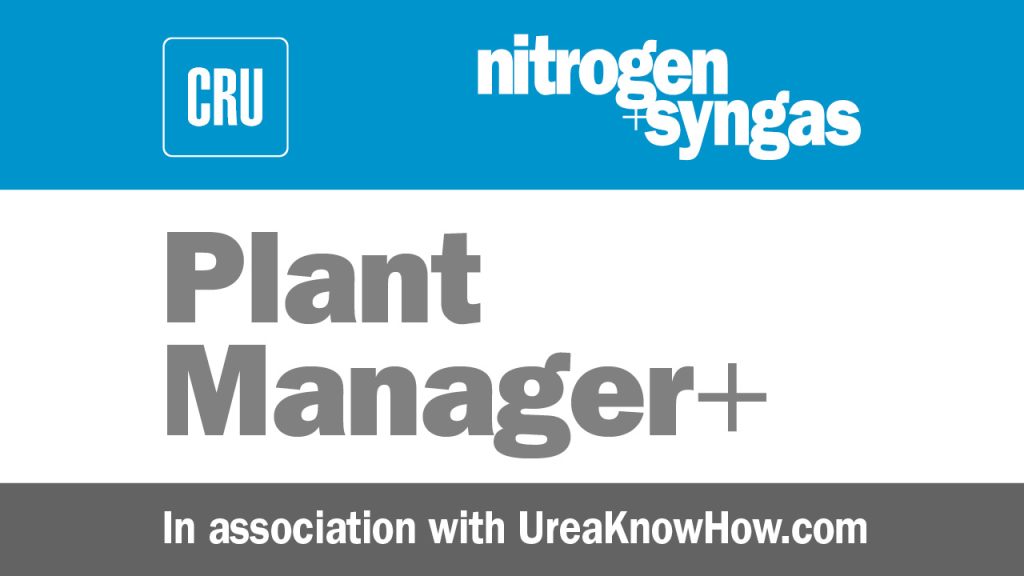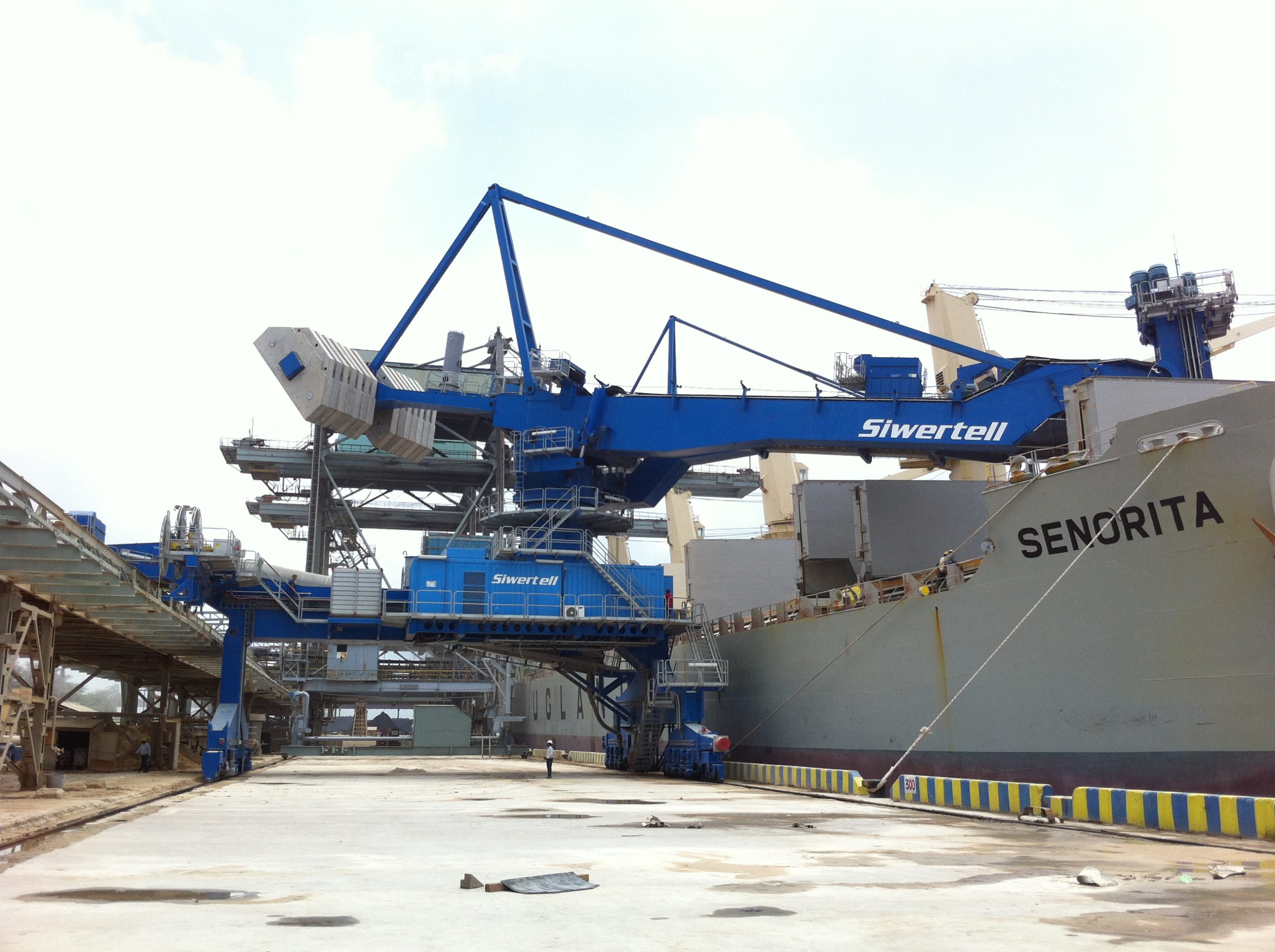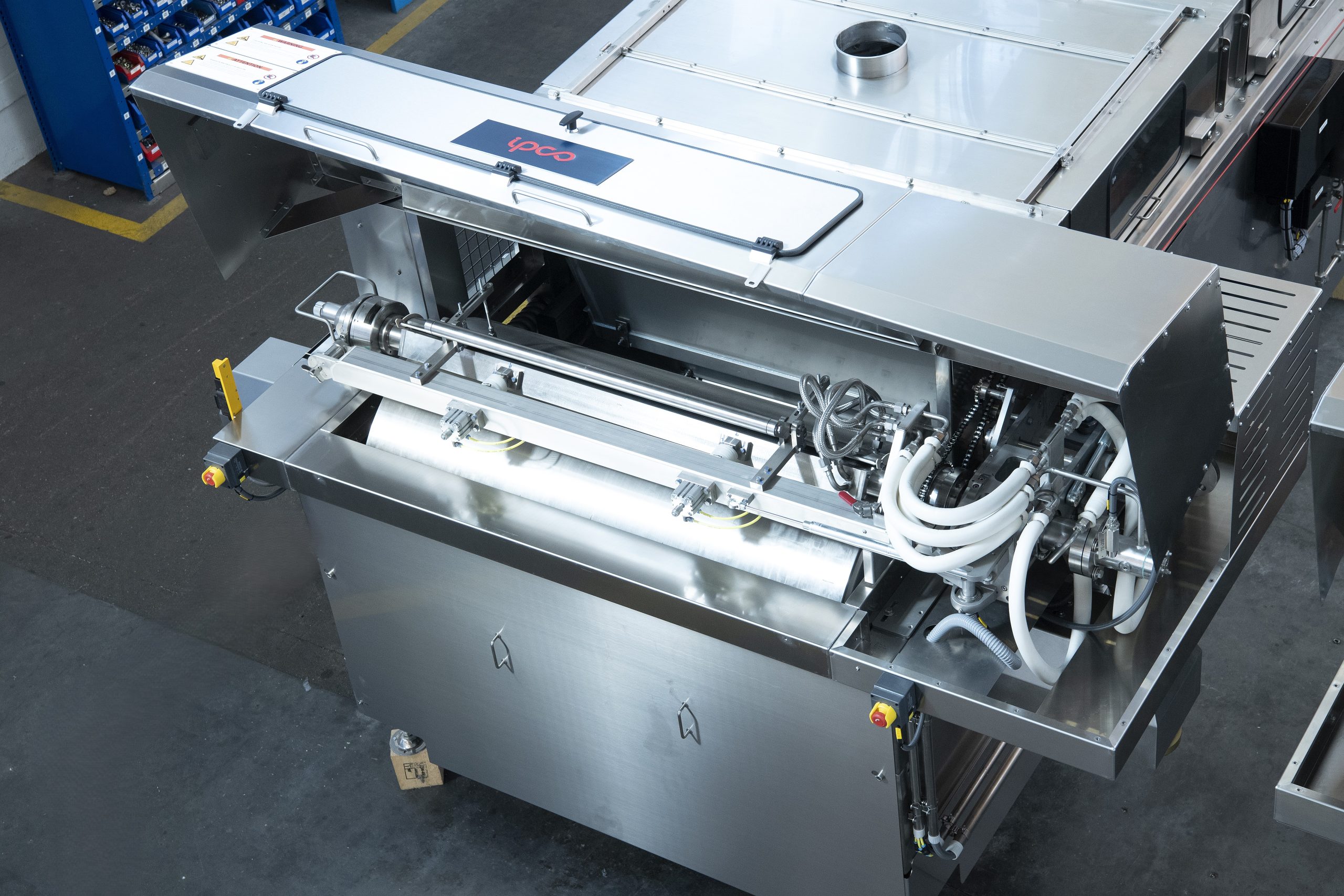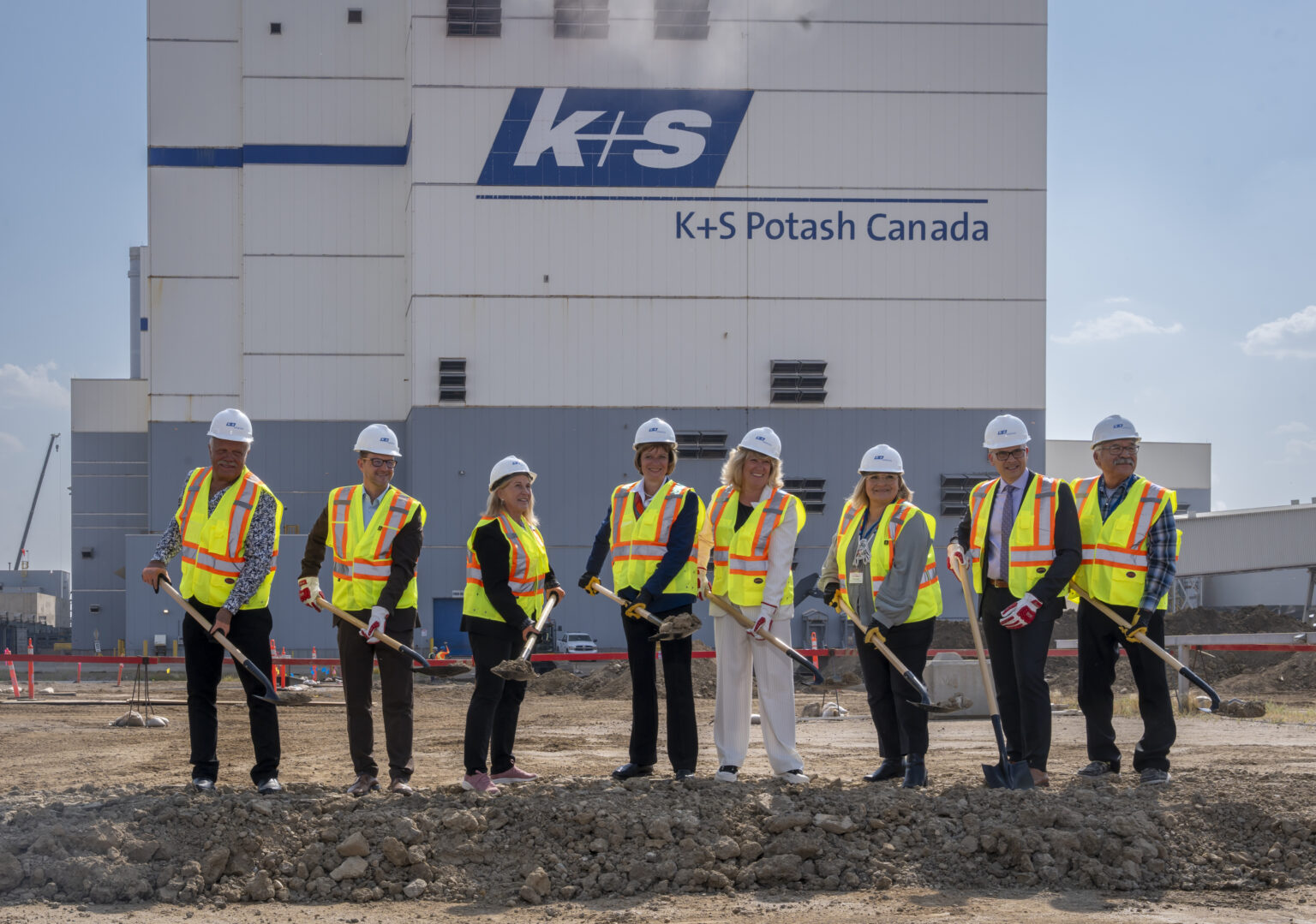Nitrogen+Syngas

30 April 2016
Problem No. 35: Urea plant preservation
Preservation covers the method of protection and preventative maintenance carried out on equipment and systems before and after they are put into use. In power plants, fertilizer units and refineries, expensive equipment like turbines, chillers, power generators, boilers, condensers, panels etc. begin to rust and corrode when in storage or during shutdown or even when in operation due to the presence of excess moisture in the air. Proper downtime procedures are extremely important. In this round table discussion, preservation and its importance is discussed by urea plant experts.


Mr Nauman Talat of Pakarab Arab Fertilizer in Pakistan starts the round table discussion: We are planning to preserve our urea plant for a period of six months to one year using air. Please share your experiences in this regard.
Mr Easa Norozipour of Khorasan Petrochemical Company in Iran replies: As you know, special materials of construction are used for the equipment in urea plants. My recommendations for long term preservation of the plant are, if possible:
- wash the equipment well with demi-water;
- purge and dry with nitrogen;
- use nitrogen blanketing with positive pressure.
Mr Mark Brouwer of UreaKnowHow.com from The Netherlands offers his advice: In addition, take care that no salts (chlorides, nitrates, carbonates) can enter the tube side, shell side and the area between the loose liner and the pressure bearing carbon steel, so also plug the leak detection holes. Control a positive pressure with a manometer.
Mr Assadollah Rastegarpour of NEBCO from Iran shares his experiences: There is always a risk of accumulation of carbamate and urea in dead points, low points, around ejectors nozzles, and especially in the HP stripper. Ensure that these are flushed with boiler feed water and take samples from the drains to check for traces of urea and carbamate. If you decide to pressurise the system, blank it with a blind flange. I recommend blanking all control valves in the outlet of the reactor and HP stripper. In order to reduce the risk of control valves seizing up, take important and special valves to the shop for checking and to store them in good condition.
Mr Shiraz Chandio of Engro Fertilizer from Pakistan joins the discussion: We are also facing a similar situation at our plant due to gas shortages nowadays. After complete and thorough flushing of the vessels and piping, we preserve all the vessels and piping with a nitrogen blanket with positive pressure and continuous flow (where pressure blanket is not possible). We have also preserved the cooling water system after a shock dosing of chemicals as recommended by our process guys. Steam headers are also preserved with nitrogen.
Mr Majid Mohammadian of PIDEMCO from Iran shares his experiences: Take care to preserve the rotary equipment too. My suggestion is that if you have power and cooling water (small requirements), keep lube oil systems for the CO2 compressor, ammonia and carbamate pumps in operation or on a regular basis and, for other rotary equipment, turn their shaft on a regular basis.
Easa adds: If you are planning to preserve the plant over the winter take care that equipment doesn’t freeze, especially rotary devices. Any residual water inside devices can freeze and cause a rupture. We experienced this in our plant during the winter season (-20°C), even though we purged the equipment with nitrogen some items were forgotten.
Mark offers some more recommendations: Below are some recommendations when operating a urea plant at low loads, different loads, with many shutdowns and with a long shutdown:
Control/limit temperature changes during plant start-up/shut-downs and for frequent load variations. During these changes big stresses are put on the liners.
Operating at low plant loads can be critical for the HP stripper, HPCC and HP scrubber in cases where gas and liquid at the inlet of these HX are not well distributed. This is critical to avoid higher corrosion rates.
In the HP stripper each tube needs a minimum amount of liquid. When the liquid dividers are older, the liquid holes become bigger and the liquid level at low loads can become too low to assure that each tube receives the minimum amount of liquid. In the HPCC and HP scrubber a gas cushion should be present below the gas distributor at the inlet.
Changes in plant operating and monitoring procedures for prolonged low load operation: Take daily nickel analysis in the urea melt and also establish a baseline nickel level during normal operation, so you know when the nickel content become too high. Carrying out more frequent inspections would also seem to be a good idea.
Preservation of equipment’s during prolonged shutdowns: In general pay attention to chlorides and nitrates. Ensure that they cannot enter the equipment and/or the leak detection system.
An increased risk of corrosion due to frequent and prolonged shut-downs is especially valid for equipment in a marine atmosphere.
As a result of “breathing” due to cyclic temperature changes infiltration of chloride containing vapour is likely to occur. These chlorides may cause stress corrosion cracking in austenitic stainless steels and pitting/crater type attack in carbon steel equipment. To avoid the ingress of chloride containing vapour, the equipment should be made inert with nitrogen (0.3-0.5 bar gauge). Avoiding the ingress of chloride containing moisture is of utmost importance for the shell side of HP heat exchangers like the HPCC, stripper, HP scrubber with austenitic stainless steel tubes in carbon steel tube sheets. Chloride containing moisture in the gaps (crevices) of the tube to tube sheets cannot be removed by flushing with chloride free condensate or demi water.
Special attention is required for the increased risk of CUI (corrosion under insulation) due to frequent and prolonged shutdowns. Cyclic temperature changes are most detrimental with respect to CUI and need specific preventive measures like painting and maintenance at the (aluminum) insulation cover sheeting to avoid ingress of moisture. It has to be emphasised that the increased risk of atmospheric corrosion should not be ignored.
Mr Nasir Hussain of Pak Arab Fertilizers Multan from Pakistan describes the planning for their urea plant: We are planning to preserve stainless steel equipment and piping with instrument air and use nitrogen for carbon steel material.
Mr Ali Salman Bokhari of Pak-American Fertilizers in Pakistan asks a question: Please explain the significance of providing a gas cushion in the HPCC and scrubber below the gas distributors at the inlet. What measures should be taken for preservation of control valves and other instrument items?
Mark replies: This is only valid for low plant load conditions to assure a good gas/liquid mixing before condensation of the gas. Otherwise condensation corrosion can occur with 316L UG material.
| This series of discussions is compiled from a selection of round table topics discussed on the UreaKnowHow.com website. UreaKnowHow.com promotes the exchange of technical information to improve the performance and safety of urea plants. A wide range of round table discussions take place in the field of process design, operations, mechanical issues, maintenance, inspection, safety, environmental concerns, and product quality for urea, ammonia, nitric acid and other fertilizers. |






